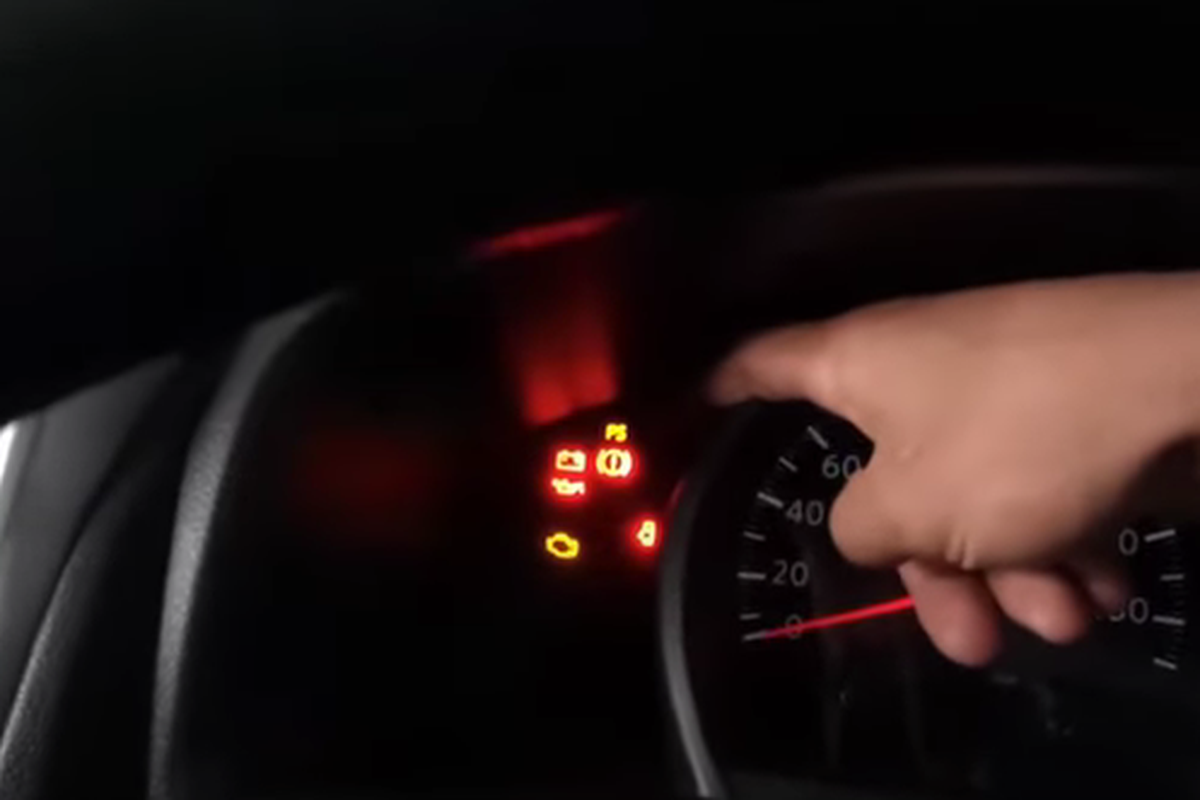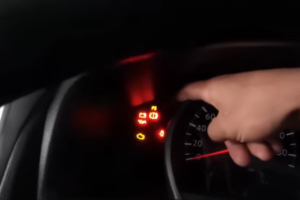

Have you ever been cruising down the road, feeling the wind in your hair and the sun on your face, when suddenly an indicator light starts blinking on your dashboard? It’s like a tiny alarm bell going off in your car, warning you of potential trouble ahead. In this fast-paced world of travel and adventure, it’s crucial to understand the significance of these indicator lights and why pulling over when they illuminate is a must. Join us as we delve into the world of vehicle indicator lights and discover why knowing when to pull over can make all the difference during your journey.
Understanding the Different Types of Indicator Lights
Indicator lights in vehicles are like silent messengers that communicate important information about the car’s health and status. Understanding the various types of indicator lights can help drivers interpret these messages correctly. One common type is the check engine light, which alerts drivers to potential issues with the engine or emissions system. The oil pressure light indicates when oil levels are low, signaling a need for immediate attention to prevent engine damage.
The battery light warns of charging system problems that may cause your vehicle to stall unexpectedly. The brake system light signifies issues with the braking system, such as low brake fluid or worn-out brake pads. Other essential indicator lights include those for coolant temperature, tire pressure monitoring, and airbag systems. Knowing what each symbol represents can guide you in addressing problems promptly and ensuring a safe journey on the road.
Importance of Paying Attention to Indicator Lights
Indicator lights in vehicles serve as essential communication tools between your car and you, the driver. Paying attention to these small but crucial lights can make a significant difference in ensuring your safety on the road. Ignoring or neglecting indicator lights could lead to potentially dangerous situations and costly repairs down the line. Each indicator light is designed to alert you to specific issues or functions within your vehicle, from engine problems to low tire pressure. By understanding what each light means and responding promptly when they illuminate, you can prevent minor issues from escalating into major breakdowns while traveling.
Whether it’s a check engine light, oil pressure warning, or battery indicator – every signal requires immediate attention. By addressing these alerts promptly, you can avoid being stranded on the side of the road or risking further damage to your vehicle. Remember that staying proactive about monitoring and responding to indicator lights not only keeps you safe but also helps maintain the overall health and performance of your car.
The Most Crucial Indicator Light to Watch Out for While Traveling
Being on the road can be both exciting and unpredictable. As you venture through different terrains and weather conditions, your vehicle’s indicator lights play a vital role in keeping you safe and informed. Among the various indicator lights that can light up on your dashboard, one stands out as crucial while traveling. The most critical indicator light to watch out for while traveling is the engine warning light. This small symbol often shaped like an engine signifies potential issues with your vehicle’s engine system, which is the heart of your car.
When this indicator light comes on, it is essential to take immediate action. Ignoring it could lead to severe damage to your engine or even a breakdown on the road. Pulling over safely as soon as possible when this light illuminates is a must-do to assess the situation promptly. Common causes for the engine warning light include issues with the fuel system, exhaust system, ignition system, or even something as simple as a loose gas cap. While some problems may require professional intervention, others might have quick fixes that you can address yourself once parked safely off the road.
What to Do When the Light Comes On
When the indicator light comes on while you’re travel, it can be a cause for concern. Your vehicle is trying to communicate with you, so it’s important to pay attention. The first thing to do when the light illuminates is not to panic. Stay calm and find a safe place to pull over. This will allow you to assess the situation without endangering yourself or others on the road. Once safely parked, refer to your vehicle’s manual to identify what the specific indicator light means. It could range from low tire pressure to engine issues.
If you are unsure about the problem or unable to resolve it yourself, consider calling for roadside assistance or a mechanic for further diagnosis and assistance. Remember that ignoring an illuminated indicator light can lead to more severe damage and potentially put your safety at risk. Addressing the issue promptly can prevent further complications down the road.
Common Causes and Solutions for the Indicated Problem
When that must-pull-over indicator light suddenly illuminates while you’re traveling, it can be a cause for concern. There are several common reasons why this light may come on. One of the primary causes could be an overheating engine, which may require immediate attention to prevent serious damage. Another common issue indicated by this light is low oil pressure. This could be due to a leak or the need for an oil change. Ignoring this warning could lead to severe engine problems down the road.
A faulty battery or charging system can also trigger the must-pull-over indicator light. This might mean your car’s electrical system needs inspection or replacement parts. One more possible reason for this alert is a problem with the brake system, such as low brake fluid levels or worn-out brake pads. It’s crucial to address these issues promptly for your safety and vehicle’s performance on the road. Understanding these common causes and knowing how to handle them can help you stay prepared when faced with the must-pull-over indicator light during your travel in Indonesia in 2024.
Tips for Preventing and Dealing with Indicator Light Issues on the Road
As a responsible driver, it’s essential to take proactive steps to prevent and handle indicator light issues while on the road. Regular vehicle maintenance is key; make sure to schedule routine check-ups with a trusted mechanic to catch any potential issues early on. Familiarize yourself with your vehicle’s manual so you can quickly identify what each indicator light means. Knowing this information will help you react promptly if a warning light appears suddenly during your journey.
Keep an eye out for any changes in how your car handles or sounds. Unusual vibrations, strange noises, or difficulty steering could be indicators of underlying problems that need immediate attention. Invest in quality diagnostic tools like OBD-II scanners that can provide real-time data about your vehicle’s performance. These devices can help pinpoint the exact cause of an illuminated indicator light before it escalates into a major issue on the road. Always have emergency supplies in your car such as water, snacks, blankets, and a flashlight in case you need to pull over due to an unexpected indicator light or breakdown. Being prepared can make all the difference when facing unforeseen challenges while traveling.
Conclusion
Being aware of your vehicle’s indicator lights and knowing how to respond when they illuminate while traveling is crucial for a safe and stress-free journey. Remember, the must-pull-over indicator light should never be ignored as it signals a significant issue that requires immediate attention. By understanding the common causes behind this warning light, you can take proactive steps to prevent breakdowns on the road.
Always prioritize safety by pulling over safely when the must-pull-over indicator light comes on, assessing the situation, and taking appropriate action based on the problem indicated. Regular maintenance checks and staying prepared with essential tools can help you address potential issues promptly and keep your travels smooth and worry-free. Stay informed, stay vigilant, and stay safe on the roads of Indonesia in 2024!




